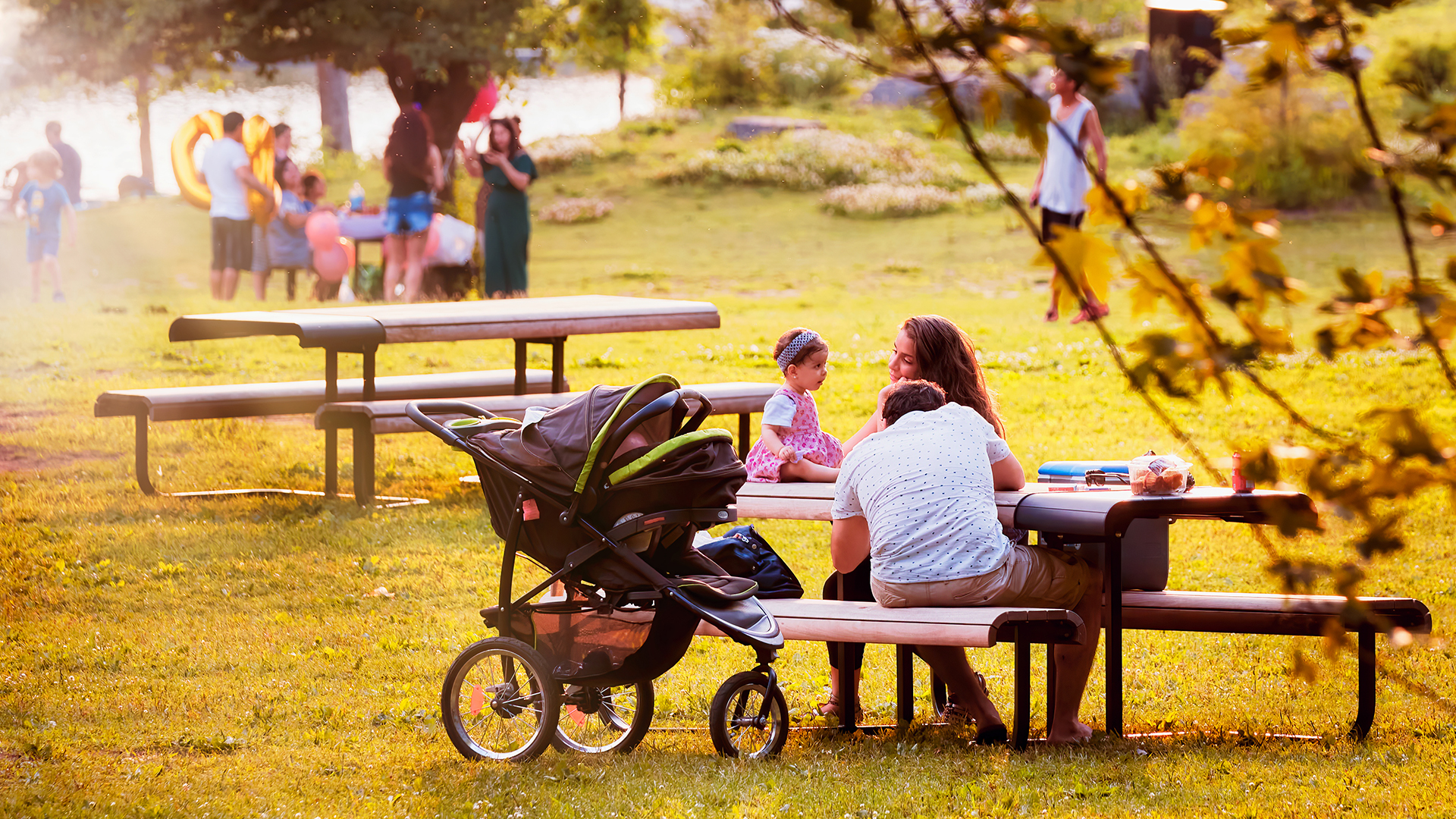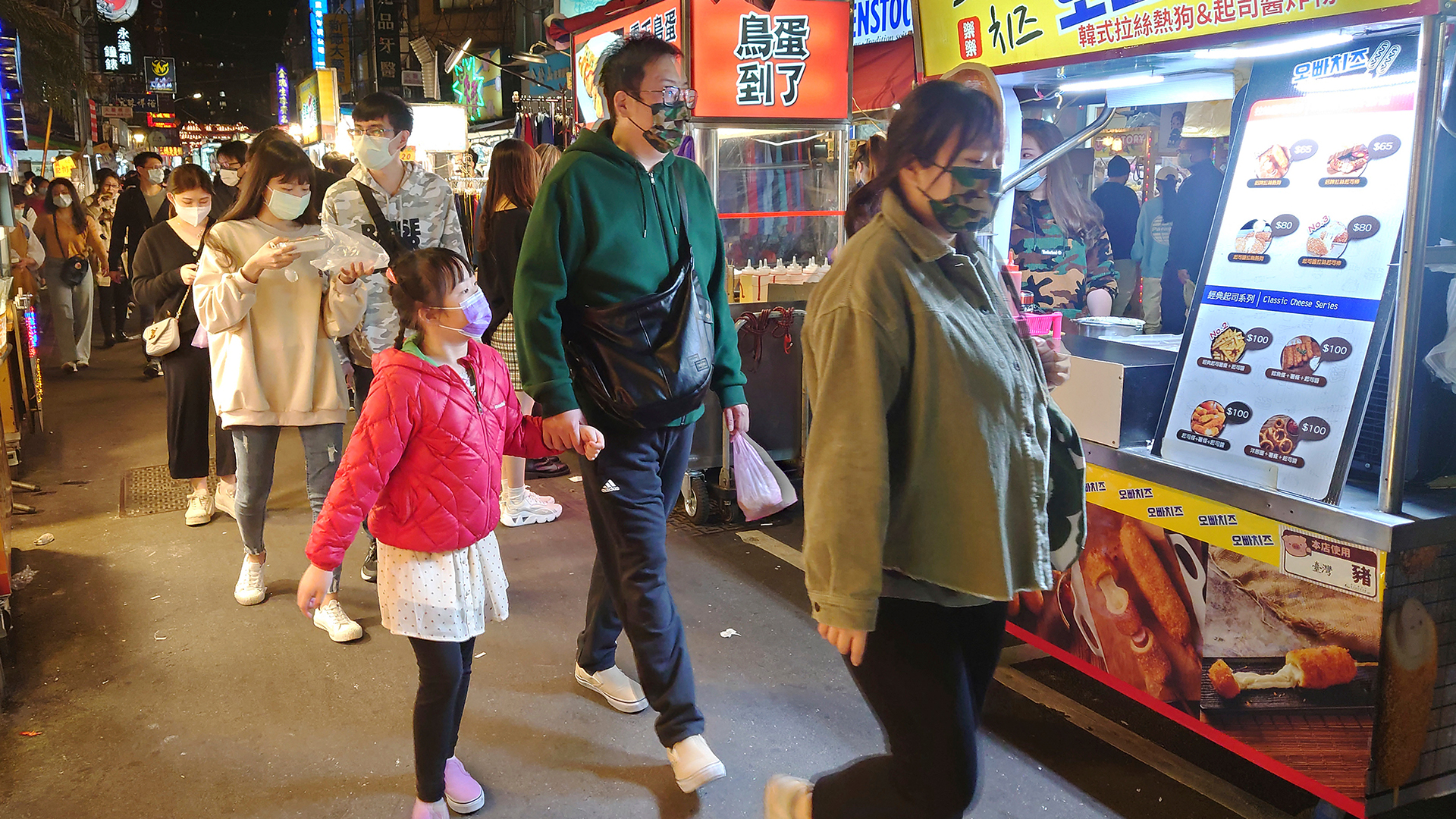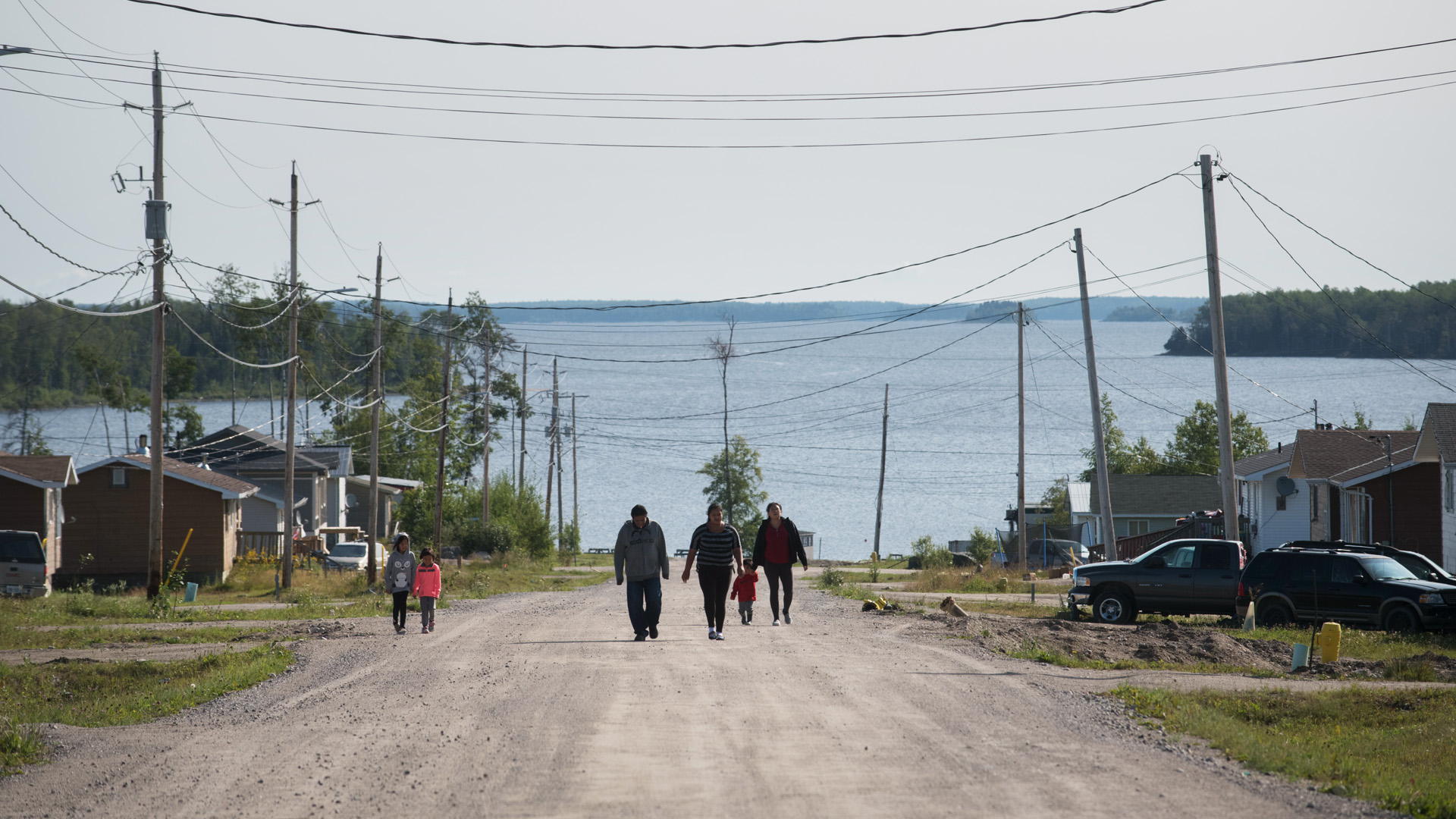
Globally, responses to the COVID-19 pandemic have varied widely, as have the outcomes. COVID-19 has exposed both the strengths and weaknesses of each country’s pandemic preparedness. Canada’s success, depending on the metric employed, has been somewhere in the middle. Compared to other G7 countries with whom we most readily identify, such as the U.S. and U.K., Canada has been a high achiever.
However, compared to the response of many countries in the Asia Pacific, Canada’s record is far less impressive. As the lessons of COVID are evaluated and incorporated into preparations for future pandemics, a thorough and honest assessment should include learning from the countries that most successfully managed the disruptive impacts of the virus.
The Asia Pacific Foundation of Canada (APF Canada) has recently completed a review of the early pandemic responses in the Asia Pacific. Based on this study, we have a number of recommendations for the Public Health Agency of Canada (PHAC) on how Canada can learn from the successes of the Asia Pacific to improve this country’s response to the next pandemic.
Defining success: A comparison of responses and outcomes
Canada did not respond as quickly or as decisively to the pandemic compared to Taiwan or South Korea. One of the key findings from APF Canada’s analysis is that a sense of urgency, informed by past experience, was an intangible component of the success achieved by many Asia Pacific countries.
Having previously dealt with emerging infections, including SARS, H1N1 and MERS, countries such as China, South Korea, Taiwan and Singapore were prepared to approach this novel coronavirus with a high degree of urgency. This heightened risk awareness existed at the level of both governments and populations, an important distinction that likely enhanced the success of pandemic control measures. Governments acted quickly in crafting their responses while citizens, also informed by past outbreaks, often voluntarily adopted measures such as masking even before they were required. In contrast, most Western countries, lacking frequent exposure to emerging infectious diseases, assumed a more conservative approach.
Privacy rights should drive our approach to using personal data during pandemic
What we can learn from COVID communications in other countries
Even Canada, despite experiencing the largest SARS outbreak outside of Asia, initially adopted a more relaxed attitude to COVID-19. This was perhaps partly because in Canada cases of SARS were largely confined to health-care facilities with no widespread community transmission. As well, the 17 years between SARS and COVID diminished some of the focus on pandemic preparedness that immediately followed SARS. Thus, the lessons learned from SARS were not sufficiently applied to respond to a pandemic with the scope and ferocity of COVID-19.
The urgency with which much of Asia responded to COVIDwas most notable in the timing and stringency of initial responses. Taiwan began implementing control measures in January 2020, while Canada began two months later in March, nearly two months after the first case was reported in the country. By March, South Korea had expanded its testing capacity to detect new cases, while testing limitations in Canada meant it was only possible to confirm suspected cases at that time.
In Singapore, South Korea and Taiwan, masks were rationed to ensure equitable distribution, whereas in Canada, mask use amongst the general population was discouraged initially to preserve supply. Across numerous countries, quarantines were mandatory and monitored, rather than the more lax approach to enforcement adopted by Canada in the early months. The rapid scale-up and implementation of these measures in Asia and the decisive action taken to deploy them were a further legacy of past experience with emerging infectious diseases.
Canada eventually caught up to and, in some cases, even surpassed the stringency of the most successful countries – but not until the virus was well established in communities across the country. In a pandemic, success is determined less by how strict the measures eventually become than by how quickly they are implemented. Every additional day that a virus is able to spread undeterred makes the job of containing it that much harder, requiring measures that are longer and more severe. In being reactive rather than proactive, Canada ultimately enabled widespread community transmission.
We can draw lessons from countries with strong long-term care systems
COVID-19 tracking data should be managed the way data trusts are
The cost of this delay can be measured across numerous metrics. Asia Pacific countries not only experienced lower case numbers, leading to less strain on their health-care systems, but they also had far lower mortality. Economic metrics also demonstrate the success of their response strategies. Exerting early control of the pandemic allowed many Asia Pacific economies to remain more open, thereby lessening the degree of economic contraction triggered by the pandemic. This served as a valuable lesson that restrictions, when implemented in a timely and effective manner, can actually be the less costly approach.
Learning from experience
After the pandemic, performance evaluations of various institutions will almost certainly be conducted. Such reviews are the norm after any major public health crisis. It is also fairly typical for reforms recommended by the review process to be implemented and then to be gradually eroded over time, particularly as institutional priorities shift.
In the aftermath of SARS, the recommendations contained in the report of the National Advisory Committee on SARS and Public Health led to the creation of the Public Health Agency of Canada. Since then, Canada’s public health apparatus at all levels has become increasingly stretched as budgets and resources either flatlined or were reduced. Here again, countries in Asia provide some instructive approaches. Informed by past experiences with emerging infectious diseases, preparedness was not allowed to be subsumed by other priorities.
Budgets and staffing levels that were increased after previous epidemics were maintained. Institutional memories were retained in the form of medical or scientific experts who were elevated to positions of authority. Regular drills were conducted to practice responses. A prime example of this is Taiwan, whose plans explicitly state that the response system should not be allowed to lag in the absence of a pandemic.
Current outlooks and future directions
Given the lag between the early stages of the pandemic and where we are now, it may seem irrelevant to look back and try to discern the lessons of those early days. The overall pandemic landscape has shifted massively from the first few months. The virus has become both less virulent and more transmissible, while vaccines and antivirals substantially mitigate the risk of morbidity and mortality. Thus, the calculus on what constitutes an effective strategy has also shifted. The recent surge of cases in China demonstrates the limitations of the elimination strategy that initially proved so effective. However, there is still much to be learned from examining the early responses. How we respond to future pandemics will depend largely on what we have learned from the past.
The pandemic response of a wealthy, technologically advanced society such as Canada should rank among the best in the world. The success achieved by many Asia Pacific countries in controlling COVID throughout the first year of the pandemic can be traced back to lessons learned from previous experiences. More than mere changes to policy or procedure, it was the ability to mount a unified response, combined with a sense of urgency and the willingness to take rapid and decisive action, that was the most notable legacy of these past experiences, and that really set these countries apart in their early pandemic responses. Amidst the many lessons that Canada will derive from various post-pandemic reviews in preparation for the next pandemic, the importance of Asia’s responses should not be overlooked or underestimated.









